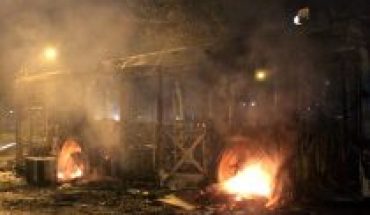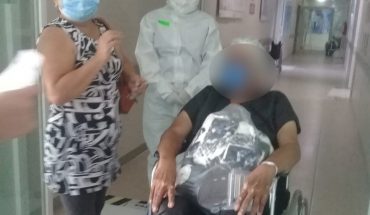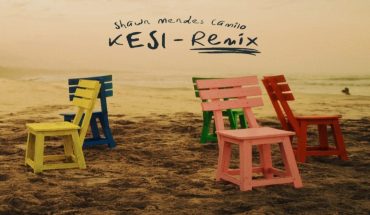National Circus Day is celebrated every October 6th in Argentina. It is celebrated in homage to José “Pepe” Podestá, an artist born in 1858 in Montevideo, Uruguay, although a central character for the history of the national circus and theater. Pepe Podestá was a pioneering acrobat and actor in several respects. On the one hand, he created his character “Pepino el 88”, a model clown of the comic rioplatense who merged the clown figure with that of the payer, singing rhymed songs on national current affairs and incorporating social criticism from humor. On the other hand, he was the creator of what we now call “Criollo circus”: an original circus show model that emerged in the country in the late nineteenth century. The Creole circus is based on the union, in the same show, of various circus techniques – juggling, acrobatics, equestrian skills, parodies – presented in the first part, along with a second in which theatrical pieces of gauchesco genre are exhibited. The birth of this innovative modality of performance is attributed to the presentation, first as pantomime (1884) and then as a spoken drama (1886), by Juan Moreira, by Eduardo Gutiérrez, in version of José Podestá. Juan Moreira, a novel published in the form of a folletín between 1879 and 1880, was one of the central works of Argentine popular Creoleism, which shaped the image of the rebellious and vigilante gaucho. If literature was the birthplace of the Gauchesco character, the circus was the area where its success spread. And the success was not only due to the strong identification that the spectators generated with the vigilante hero but also to the peculiarities of the theatrical acting modality initiated in the Circo Criollo. The mix between circus comicity and popular drama with a strong presence of bodilyity on stage is what marks the birth of the Creole circus as a germ of the “national theatre”. This first and second part performance modality was so successful that most circuses adopted it, touring the most remote places in our country with various works of Gauchesque genres. The circus thus lived its golden eras, gestating unique artists and performances. Although the first and second half circuses ceased to be held a few decades ago for a variety of reasons, including their expensive structures – circuses for a thousand or two thousand spectators, companies of up to 50 artists on stage, etc. – the particularity of the Argentine circus remained alive and marked new generations of artists: street, itinerant, comedians, popular theatricalers, actors. Many of these artists were nourished by those modalities initiated by Podestá, continued by generations of cirqueros and cirqueras, among which are brothers Jorge and Oscar Videla, outstanding personalities of the culture of the Autonomous City of Buenos Aires in 2018, for their work of more than 30 years at the head of the Criollo Circus School, the country’s first circus school and pioneer in Latin America.Our Circus and our performing arts in general. , they owe a lot to their history and that’s why we keep celebrating.
translated from Spanish: Circus Day in Argentina: a tribute to Pepe Podestá
October 6, 2020 |





